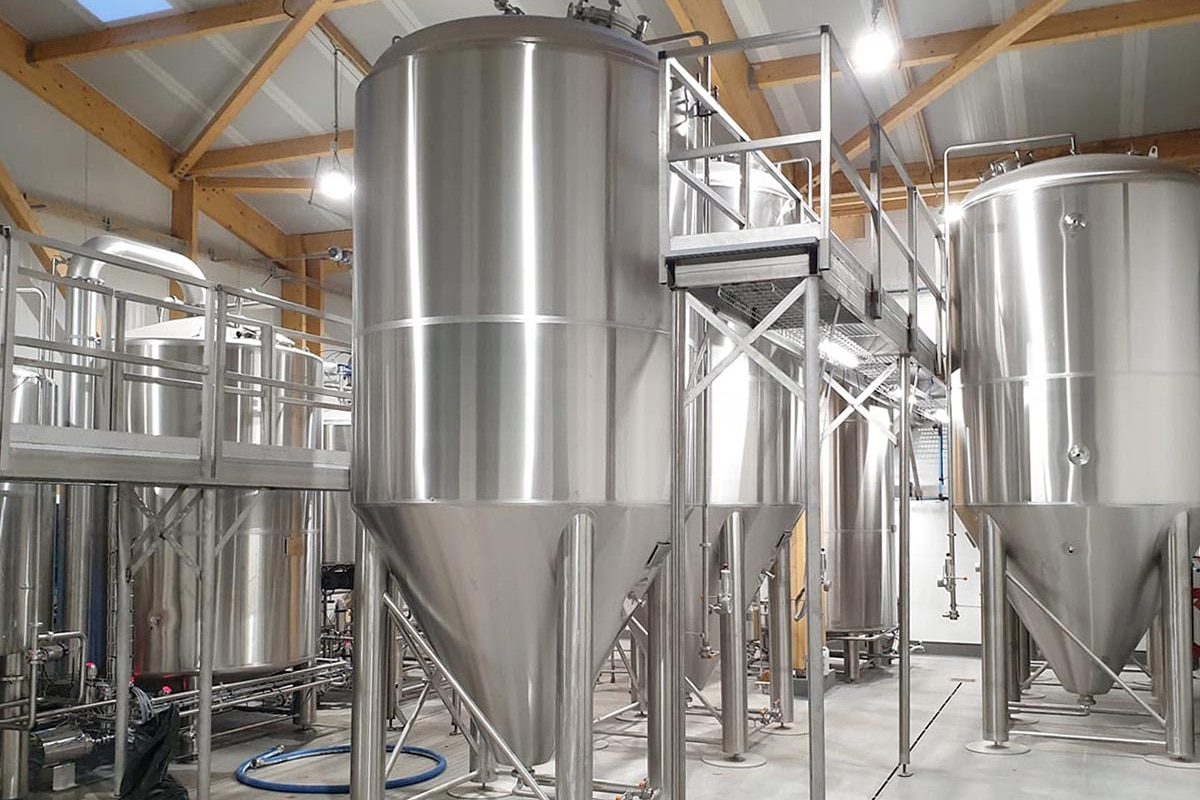
How Many Fermentation Tanks Do I Need?
In the dynamic world of brewing, the journey from raw materials to delicious craft beer involves a delicate dance of science and art. At the heart of the process is the fermentation stage, where yeast converts sugar into alcohol and imparts a unique flavor. Whether an experienced brewer or a novice, a key question that often troubles brewers is determining the number of fermentation tanks appropriate for their operation.
This article will guide you through the maze of decisions regarding the number of fermentation tanks in your fermentation process. From understanding the variables that determine fermentation tank requirements, such as batch size, fermentation duration, and required yield, to exploring the nuances of different fermentation technologies, we’ll look at the key considerations in determining the optimal number of fermentation tanks. Whether you are a hobbyist eager to scale up, or an entrepreneur with your sights set on commercial production, join us in demystifying the number of fermentation tanks in the fascinating world of fermentation.
Complete Guide
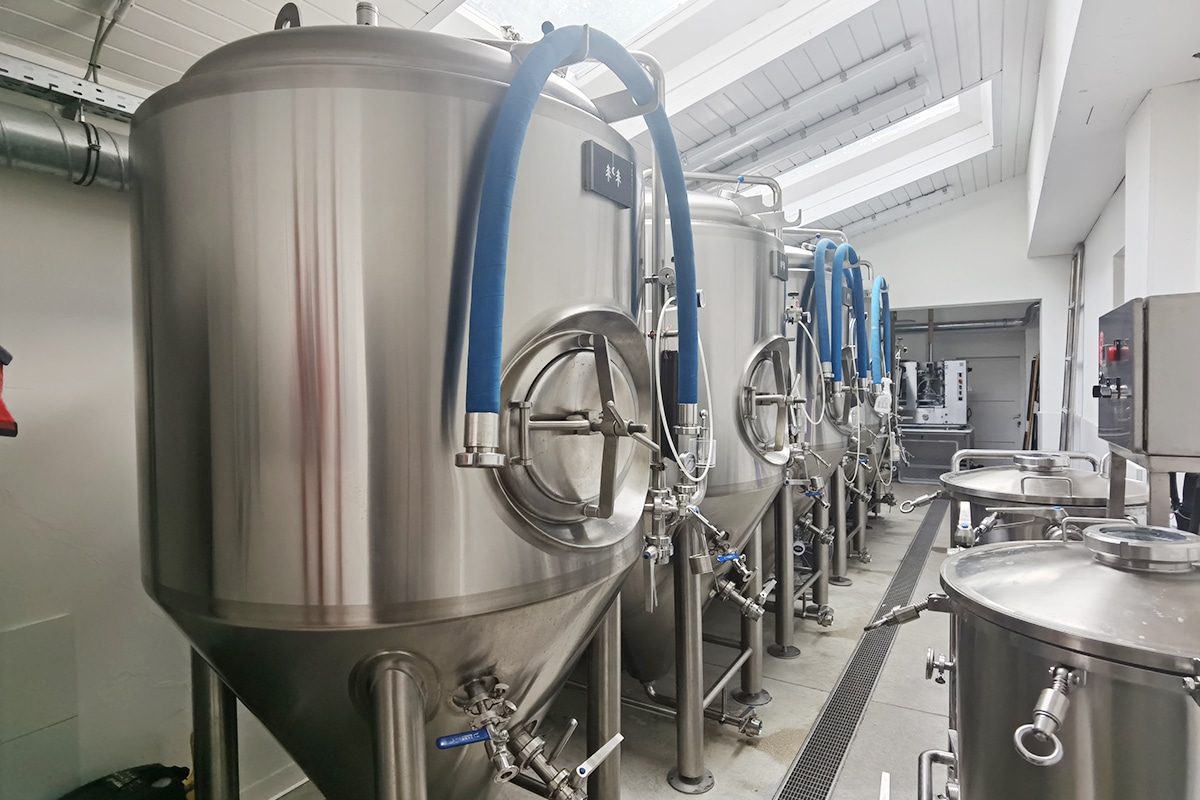
Learn About The Fermentation Process
Fermentation is an ancient biological process that is at the heart of every industry, from craft beer to artisan cheesemaking. To determine the number of fermentation tanks required, one must first master the complex dance of microbial and biochemical reactions that define the fermentation process.
The core of fermentation is the conversion of sugar into alcohol or organic acids with the promotion of microorganisms such as yeast and bacteria. The choice of microorganisms, temperature, and fermentation duration all contribute to the unique characteristics of the final product. Larger batch sizes may require more fermentation tanks, but it is equally important to know the expected fermentation duration. Shorter fermentations may allow for staggered use of fermentation tanks, while longer processes may require a greater inventory of fermentation tanks.
Additionally, the type of fermentation, whether top fermentation as in ales or bottom fermentation as is typical in beers, will affect the number of fermentation tanks required. Exploring the complexity of these variables can not only optimize the fermentation process but also guide your decision on the number and type of tanks needed for your particular business. In the following sections, we’ll take a closer look at the key factors that influence fermentation tank quantity requirements, providing insights for both experienced crafters and those beginning their fermentation journey.
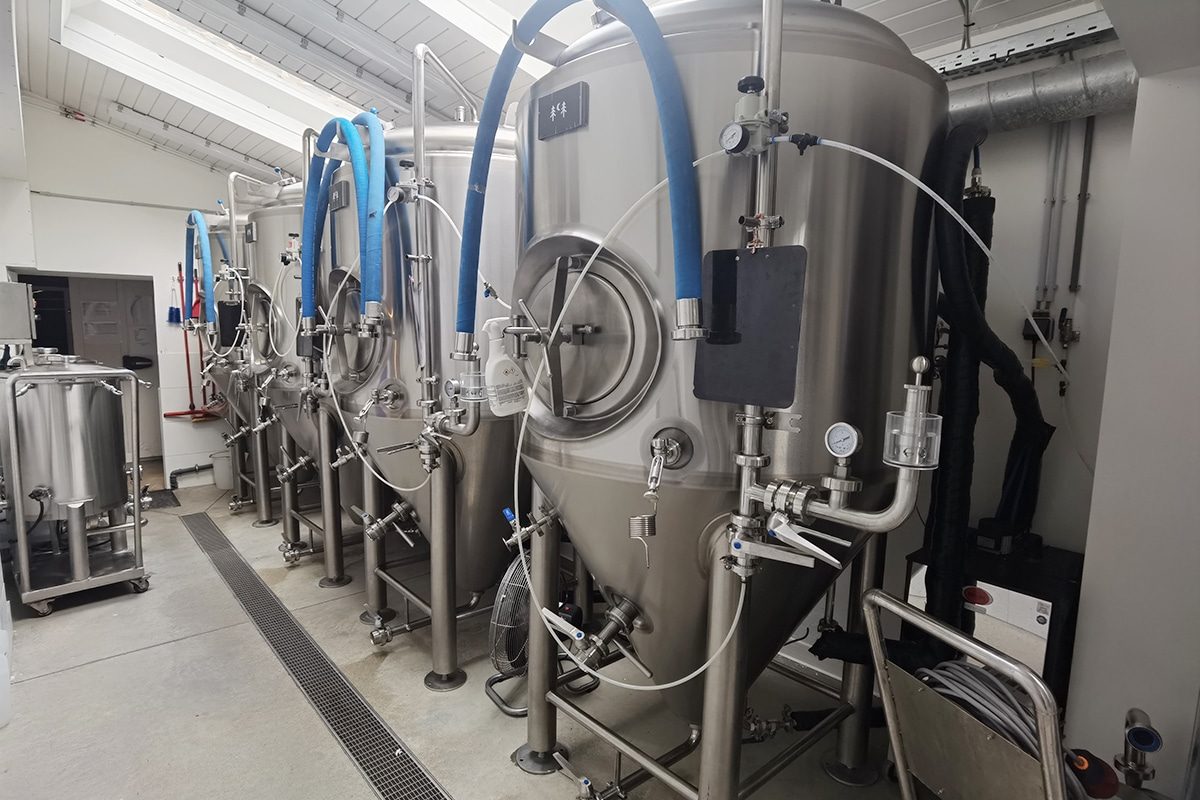
Factors Affecting The Number of Fermentation Tanks
Batch Size And Yield
The volume of the batch is the basic determinant of the number of tanks. Larger batch sizes typically require more storage tanks, but this relationship is not always linear and factors such as fermentation duration, equipment cleaning and maintenance downtime, and required throughput need to be considered. For example, if the goal is to maintain consistent production from week to week, you will need enough fermentation tanks to effectively stagger production cycles.
Fermentation Duration And Cycle Time
The duration of fermentation is a key consideration. Fermentation times vary greatly depending on the type of fermented product. Longer fermentations tie up the tank for an extended period, affecting turnover rates. Faster fermentation may allow the same fermentation tank to be used more frequently. Considering fermentation cycle times and overlap between batches can help maximize fermentation tank utilization.
Production Scale And Growth Forecast
The size of the production operation plays a key role in determining the number of fermentation tanks. Small-scale or artisanal producers may be successful with a limited number of fermentation tanks, whereas larger commercial operations will require more extensive fermentation tank infrastructure. Consider future growth projections to avoid continued expansion or production bottlenecks due to insufficient fermentation tank capacity.
Fermentation Types And Specific Requirements
Each fermentation process has unique requirements. Beer brewing, wine fermentation, vinegar production, or fermented dairy products all require specific conditions, such as temperature control, oxygen exposure, or aging time. Understanding the complexities of the type of fermentation you choose can help in choosing the appropriate number and type of fermentation tanks.
Simultaneous Fermentation
If you plan to run multiple fermentations simultaneously, this affects the number of fermentation tanks required. Managing different products or batches simultaneously requires additional fermentation tanks and careful scheduling to prevent cross-contamination or interference between fermentations. The ability to stagger fermentations and optimize fermentation tank usage helps maintain a consistent production schedule.
Flexibility And Versatility
Consider a mix of fermentation tanks of different sizes to increase operational flexibility. Smaller fermentation tanks offer versatility for experimental batches, limited editions, or niche products. Larger fermentation tanks, on the other hand, accommodate standard production runs and contribute to overall efficiency. This combination allows for adapting to market needs and trying new formulations.
Infrastructure And Space Constraints
Constraints on available space and infrastructure may limit the number of storage tanks feasible in a given area. Balancing operational efficiency with available space is critical. Effectively utilizing existing infrastructure may require investing in larger fermentation tanks or optimizing the layout for better workflow.
Budget And Resource Allocation
Finally, budget constraints may affect the number of fermentation tanks you can initially obtain. It may be feasible to start with a small number of multifunctional fermentation tanks and then gradually expand based on production needs and financial capabilities.
Determining the ideal number of fermentation tanks requires a detailed understanding of these interdependent factors. By carefully evaluating batch dynamics, fermentation times, production scale, fermentation type, and flexibility needs, you can tailor your fermentation tank infrastructure to optimize efficiency and meet the specific requirements of your fermentation job.
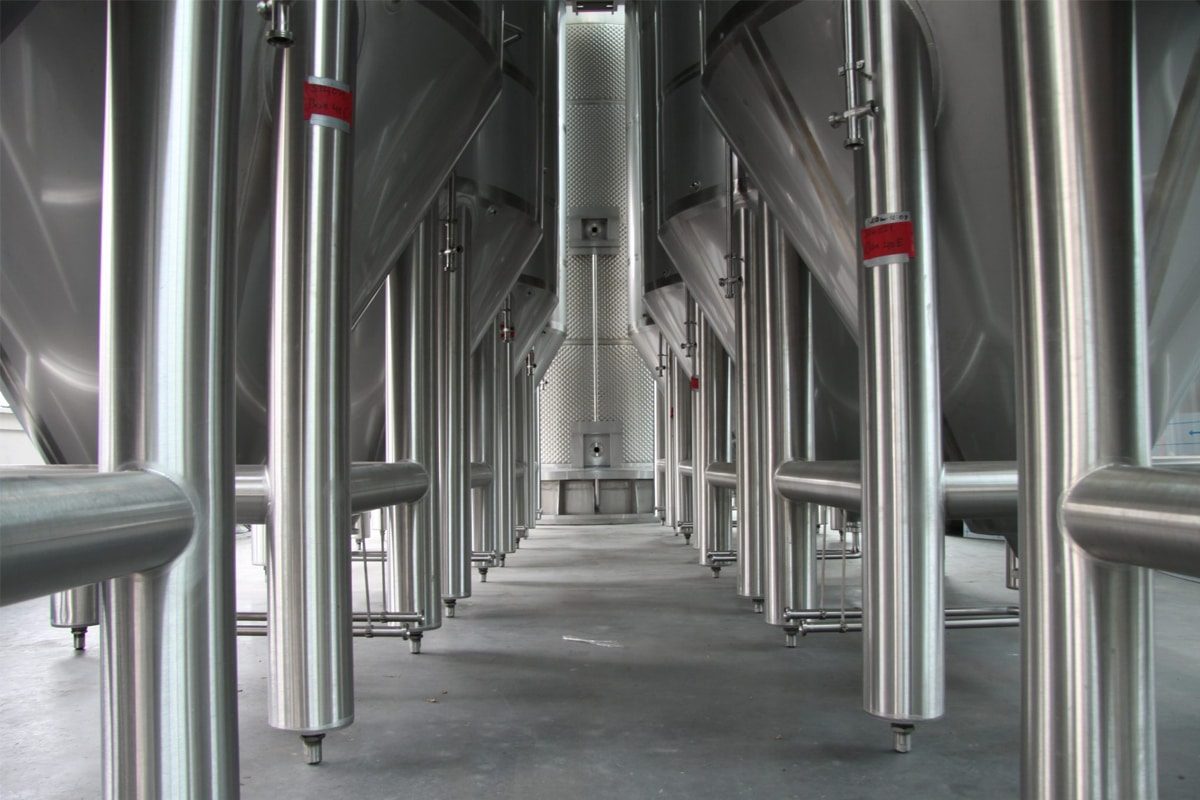
Calculate The Number of Fermentation Tanks
Determining the optimal number of fermentation tanks is a delicate process that requires careful consideration of several key factors. By doing your calculations systematically, you can ensure an efficient and balanced fermentation setup.
Determine Batch Size And Frequency
Start by defining your batch size, taking into account the minimum and maximum quantities you want to produce. Consider the amount of output required per unit of time, whether daily, weekly, or monthly. This initial step sets the stage for subsequent calculations. For example, if you plan to produce 1000 liters of beer per week and your batch size is 100 liters, you will need at least 10 fermentation tanks.
Evaluate Fermentation Time
Know the average fermentation time of your product. If a batch of product takes 10 days to ferment, and your goal is to have a new batch ready every 10 days, you will need enough fermentation tanks to maintain the cycle. This could mean requiring 10 fermentation tanks to allow each batch to ferment independently without having to wait for the previous batch to complete.
Determine Fermentation Tank Utilization And Downtime
Calculate the percentage of time the fermentation tank is actively fermenting versus the downtime required for cleaning, maintenance, and preparation for the next batch. This factor helps optimize fermentation tank utilization and ensure a smooth production process.
Consider Overlapping Loops
The efficient use of fermentation tanks involves overlapping fermentation cycles. While one batch is fermenting, another batch may be starting or finishing. This minimizes downtime and maximizes production. Depending on the fermentation time, you may need fewer fermentation tanks than the number of batches produced if the cycles effectively overlap.
Cleaning And Maintenance Fees
Fermentation tanks require regular cleaning and maintenance between batches. Consider this downtime when calculating fermentation tank needs. Having additional fermentation tanks ensures that production does not stop during cleaning, maintaining workflow continuity.
Consider Variability And Flexibility
Introduces flexibility into calculations by accounting for changes in production needs. Consider unexpected fluctuations in demand, experimental batches, or seasonal changes. Choosing a mix of fermentation tank sizes allows for versatility to meet different production requirements.
Expand Future Growth
Forecast your future production needs and growth. Consider growth factors in calculations to avoid excessive growth in fermentation capacity. This foresight helps breweries with long-term planning and sustainability.
Optimize Space Layout
Efficient use of available space by optimizing the layout of the fermentation area. Explore vertical space with stacked fermentation tanks and ensure logical workflow to minimize operational bottlenecks.
Budget Considerations
When calculating the number of fermentation tanks, adjust your plan based on budget constraints. Balancing the ideal number of fermentation tanks with financial considerations may involve phasing investment and prioritizing based on immediate needs.
Iterative Adjustments And Monitoring
The computational process is not static. Regularly monitor production efficiency, evaluate the accuracy of initial calculations, and be prepared to make adjustments as operations evolve.
Special Requirements Factors
Consider special fermentations that may require specialized tanks due to specific temperature, pressure, or aging requirements. These specialized processes may change the number and type of fermentation tanks required.
By carefully analyzing batch size, frequency, and fermentation time, and taking into account downtime required for cleaning and maintenance, you can accurately calculate the number of fermentation tanks you need. This careful calculation ensures that production operations run smoothly while giving the fermentation process room for growth and flexibility.
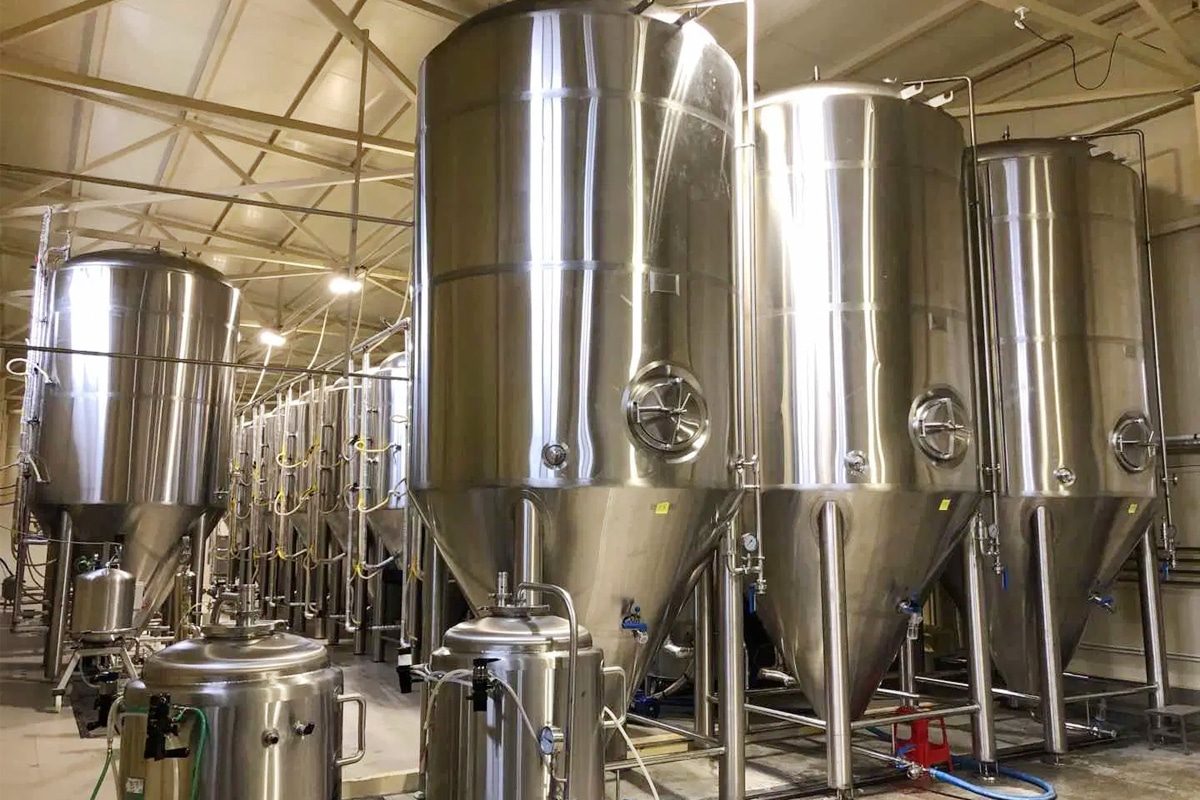
Summarize
The quest to determine the optimal number of fermentation tanks is a journey through the alchemy of science, art, and logistics. As we’ve explored the intricacies of batch size, fermentation duration, and production scale, it becomes clear that there’s no one-size-fits-all answer. The magic lies in the careful calibration of variables, understanding the unique demands of each fermentation process, and envisioning the future trajectory of your production.
Whether you’re a small-scale craft brewer or a burgeoning winemaker, the decision on fermentation tank quantity is a dynamic one. Flexibility, foresight, and a keen awareness of the factors influencing the fermentation journey are your guiding lights. By calculating with precision, accommodating maintenance, and allowing room for growth, you not only ensure a seamless production process but also lay the foundation for the evolution of your craft. In the realm of fermentation, where transformation is constant, the right number of fermentation tanks is the key to unlocking a world of possibilities. Cheers to the science of fermentation and the vessels that make it all possible!
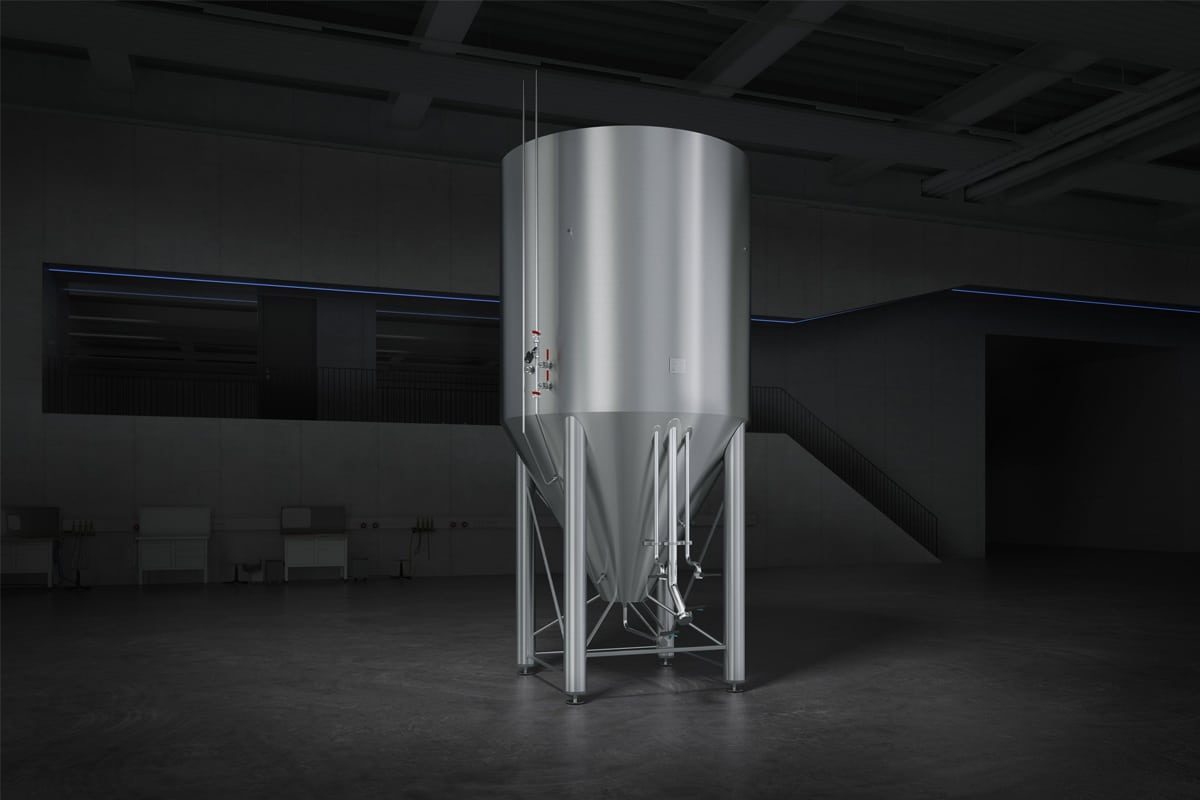
Get A Fermentation Tank Turnkey Solution
Seeking the optimal number of fermentation tanks tailored to your production needs can often be a daunting task. However, finding a turnkey solution becomes remarkably convenient with the expertise and guidance offered by ZYB Craft. At ZYB Craft, a reputable industry leader renowned for its top-quality fermentation equipment, customers can consult seasoned professionals to obtain precisely the right number of fermentation tanks. Whether you’re a small-scale brewery venturing into eion or a large-scale operation in need of additional fermentation tanks, ZYB Craft’s expert team ensures a tailored approach to meet your unique requirements. Our dedication to customer satisfaction, combined with a range of high-quality equipment options, makes us a trusted partner for businesses navigating the intricacies of fermentation.



